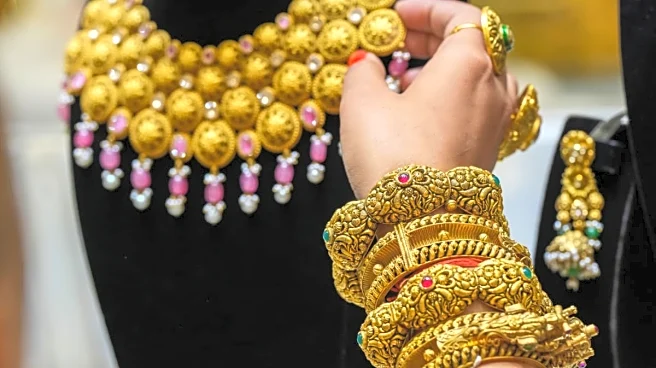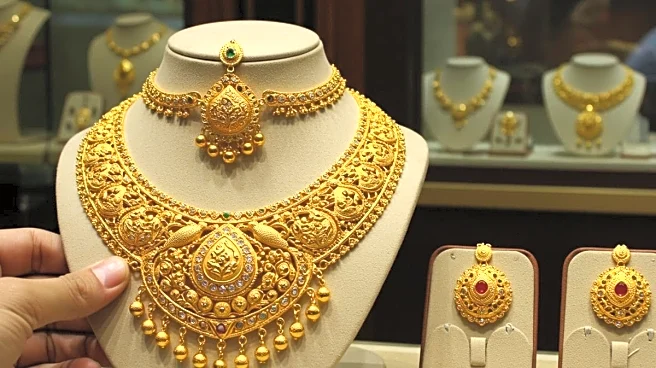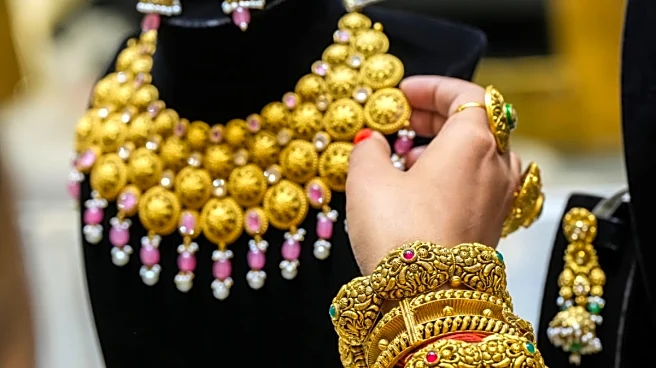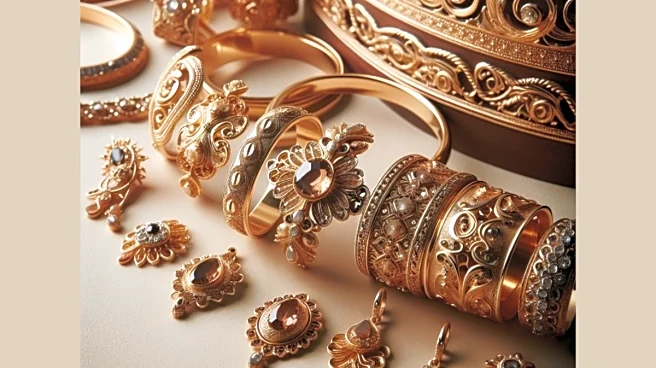For months now, gold prices in India have been climbing steadily, hitting historic highs. A mix of factors — global economic uncertainty, the weakening rupee against the dollar, and volatile international conditions — has pushed investors towards the yellow metal, driving up its price further.
But this surge has come at a cost. For many middle-class families, especially those preparing for festivals and weddings, buying 22-carat gold jewellery has become increasingly difficult. As a result, consumers are now shifting towards more affordable options — 14-carat and 18-carat jewellery, and even 9-carat pieces.
Tradition Meets Rising Prices
Gold has always held a special place in households, symbolising prosperity, security, and tradition. Festivals
like Dussehra and Diwali, along with the wedding season, are considered the most auspicious times to buy gold. But with prices touching new highs, shoppers are adapting by choosing jewellery that balances both tradition and affordability.
The government’s move to allow hallmarking of 9- and 14-carat gold has boosted buyer confidence. Consumers now feel assured of quality even when opting for lower-carat jewellery.
A Shift In Buying Patterns
Jewellers in Rajkot note that demand for 9- and 14-carat jewellery has surged, particularly among the younger generation. With modern, trendy designs available at lower costs, young buyers see these pieces less as long-term investments and more as fashion statements.
“For today’s youth, jewellery isn’t just about wealth; it’s about style,” say jewellers. “They are choosing 9-carat or 14-carat pieces because they can update their look without spending too much.”
Meanwhile, 18-carat gold jewellery is becoming popular in the designer segment, especially among couples shopping for weddings. The upcoming wedding season (November to February) and the festive rush for Diwali are expected to drive strong demand in these lower-carat categories.
Gold In the Indian Context
Unlike in many countries, gold in India is not just an investment — it is cultural, emotional, and often seen as a financial safety net. But with soaring prices, the market is witnessing a generational shift: while older buyers still prefer 22-carat jewellery for long-term value, younger consumers are increasingly comfortable choosing lighter, trendier pieces in lower carats.
This shift is likely to redefine jewellery trends in India over the next few years, blending tradition with affordability and fashion.






/images/ppid_a911dc6a-image-175932133947720706.webp)




/images/ppid_59c68470-image-175940504829090025.webp)


/images/ppid_59c68470-image-175915004269463825.webp)
